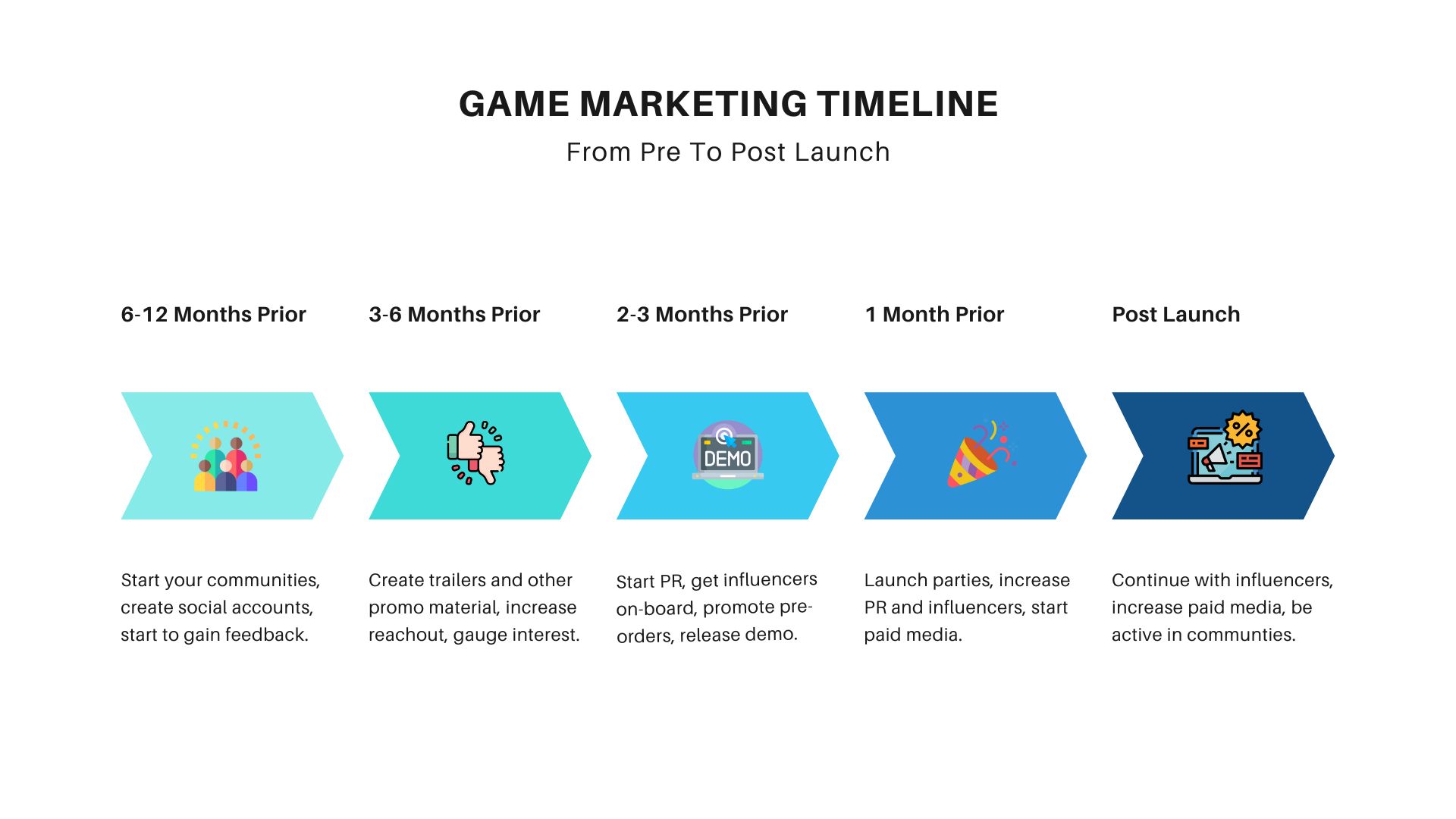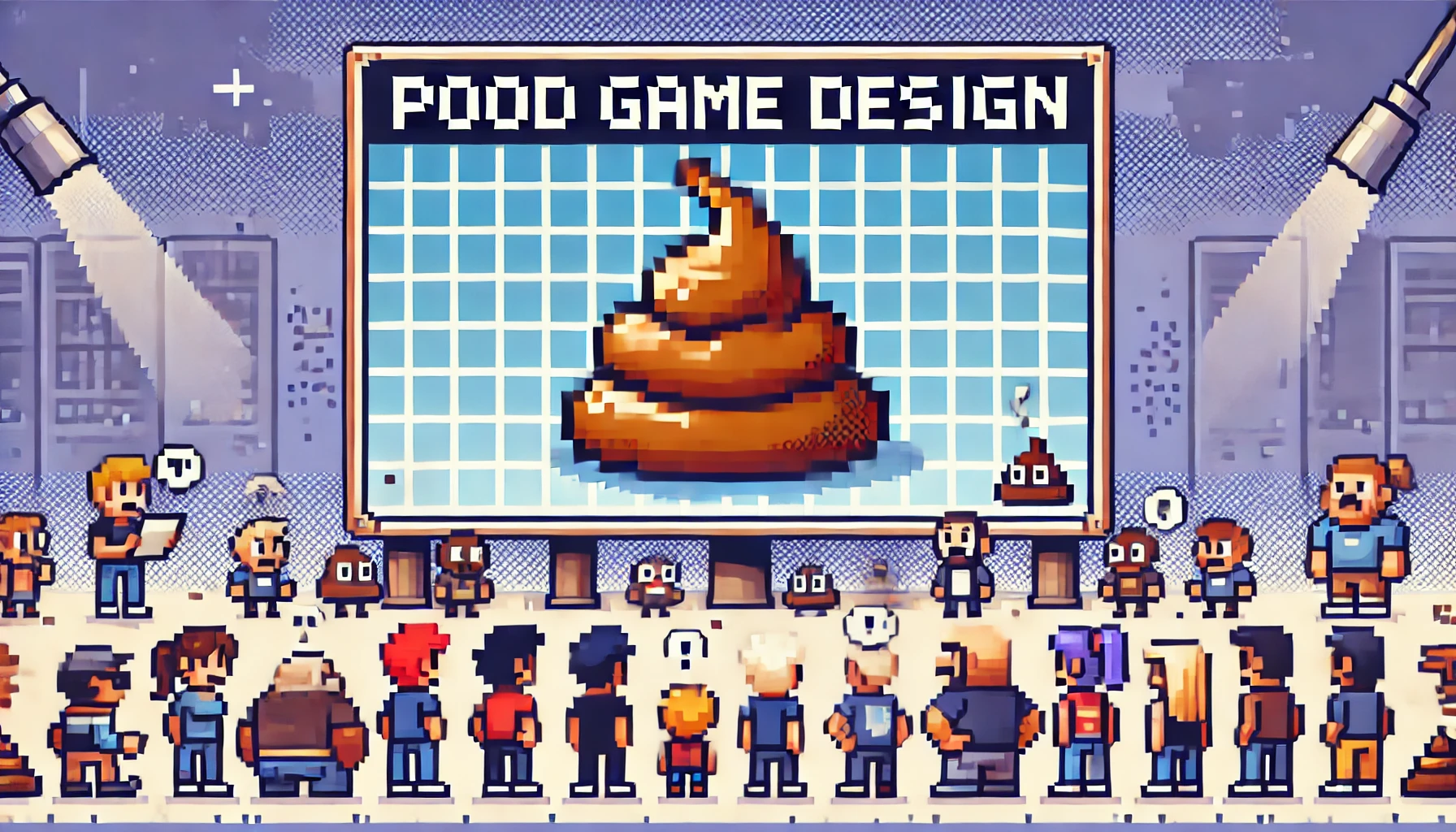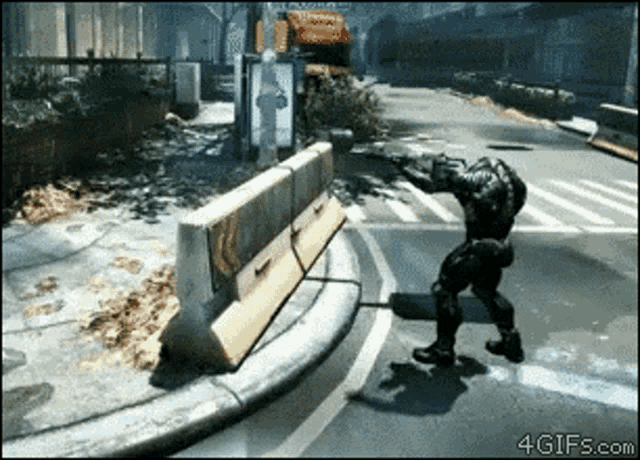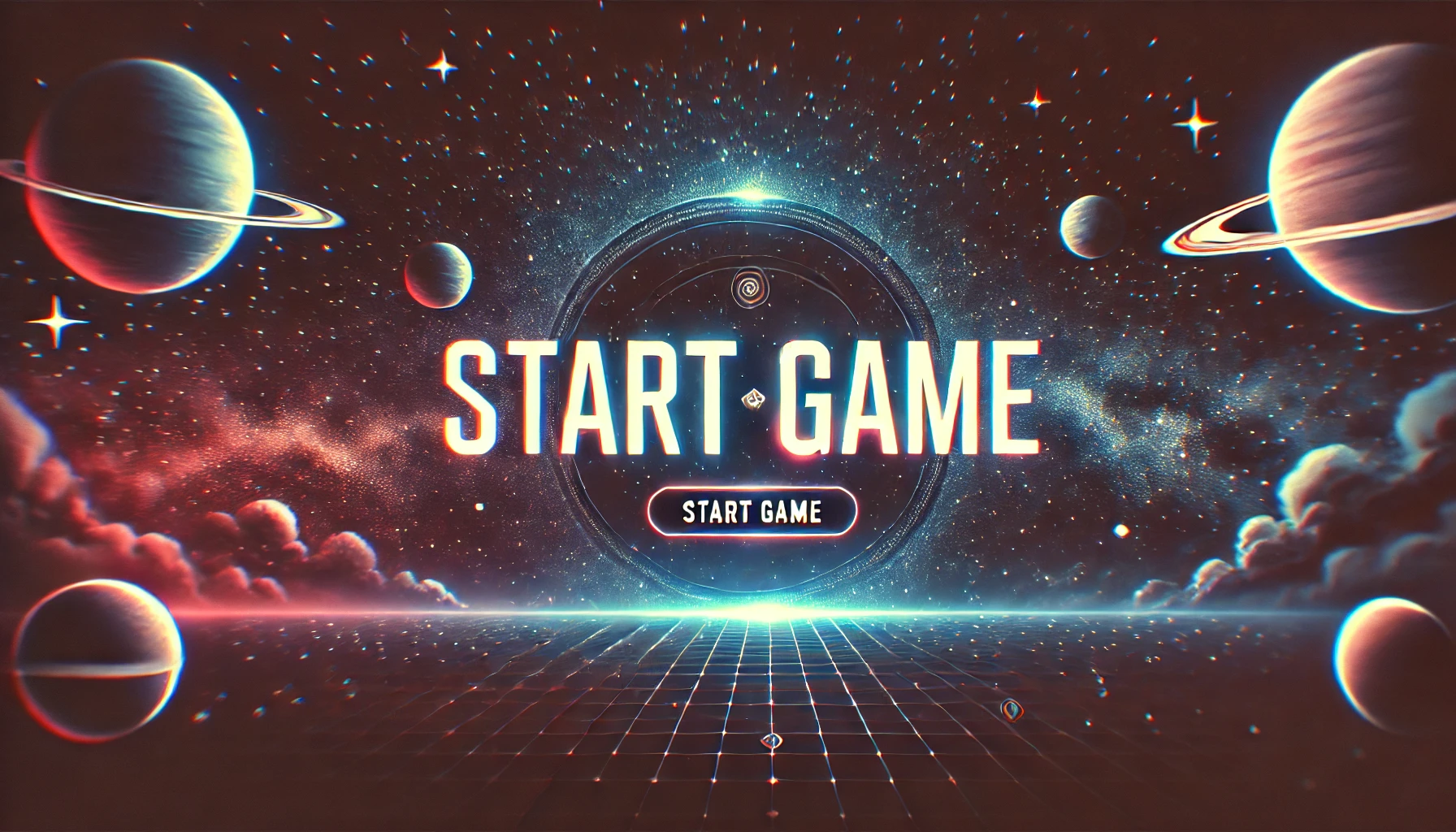Getting Started Guide
To Game Marketing
Game Marketing Guide
(If your game is launching in less than 6 months, you should read this!)
Welcome to the Game Marketing Guide! This article was created to prepare and assist indie developers in putting together their marketing strategies for their games. By the end of this document, you should have a basic understanding of why marketing is important and how to execute a marketing strategy.
Setting Expectations
In this first section, we are going to cover how to think about marketing your game. We'll dispel a few myths and make sure you have the right frame of mind to produce favorable outcomes.
What Is Marketing
Marketing consists of activities that create, promote, and deliver products or services to an audience. In gaming, the product is the game. There are various aspects of marketing, including:
- Identifying Needs: Understanding what gamers want.
- Developing a Game: Creating a game to meet those needs.
- Communicating: Informing potential players about the upcoming game.
- Distributing: Managing the logistics of how the game will be delivered to players.
- Increasing Brand Awareness: Building a positive reputation for the game.
- Attracting New Players: Acquiring new customers and retaining existing ones.
- Driving Sales: Increasing sales revenue, generally through purchasing the game or in-game services.
There are a variety of activities that can be considered marketing, which include advertising, influencer partnerships, community engagement, press relations, and game shows.
Why Marketing Is Required (Gaming Is Competitive)

You might have heard the advice that good games market themselves. While parts of this are true—as word-of-mouth marketing can create great organic growth—this form of marketing often has limits and is risky, leaving it to chance.
There are over 15,000 games released every single year. That is over 2,500 every single month. The vast majority of these games you will not hear about, even if the game is good. And if two very high-quality games of the same type are released at the same time, the game being marketed is likely to win. Therefore, marketing is required.
When to Start Marketing
You should start marketing your game at least six months prior to release. Marketing your game happens in stages. It starts with creating a community, then releasing concept art, providing development updates, taking pre-orders, and progressively getting more aggressive as you prepare to launch. We will discuss the stages later on.
Marketing Is a Marathon, Not a Sprint

(Wishlist signups over months)
As noted, when marketing should begin six months prior to your game's release, it is critical to understand that marketing is a marathon, not a sprint. To effectively market, it has to become part of your weekly activities, and as you are launching or in a growth phase, it will become part of your daily routine. It will require a sustained effort over a longer period of time.
There are many instances where a developer releasing a game might say, "I am releasing my game in one week and I need to start marketing." A developer who waited until the week prior to market their game still has an opportunity to successfully launch, but they need to understand that once they launch, they will be continually marketing their game, and the time frame for this is way more than one week.
Experimentation Is Important

When you are developing your game, programming is about experimentation until you figure out how to create the experience you want for your game. Marketing can be thought of the same way. You will have to try different platforms, different approaches, and different messages until you figure out what is right for you. Consider the following ways of running experiments when marketing:
- A/B Testing: Compare two versions of a marketing asset to see which one performs better. For example, test different subject lines in email marketing, ad copy variations, or landing page designs.
- Multivariate Testing: Test multiple variables at the same time to understand which combination works best. For example, test different combinations of headlines, images, and CTA buttons on a landing page.
- Content Testing: Test different content formats or messaging approaches to see what resonates most with the audience. For example, test long-form vs. short-form content, blog posts vs. videos, or educational content vs. promotional content. For gaming, this is a big missed area as games tend to only use streams when marketing.
- Pricing Experiments: Understand how price changes affect conversion and revenue.
- Influencer Campaign Testing: Test different influencer marketing strategies or influencer types to optimize engagement and conversions. For example, test micro-influencers vs. macro-influencers, long-term partnerships vs. one-off collaborations, or content formats (video vs. post).
Marketing Timeline
With an understanding of the basics of marketing expectations, you can begin to develop a marketing timeline. As we will reiterate several times, marketing is about sustaining a consistent effort before and after launch. It won’t require much time early on, but as you get closer to launch or have a game launched, it will require more time and effort to do effectively.

Marketing your game should ideally begin early in the development process and evolve through different phases as the game progresses. Here’s a guideline on when to start and how to progressively scale your efforts:
6–12 Months Prior to Release
Goal: Build early awareness and community.
Hours Per Week: 1–3
Activities:
- Share concept art, teasers, and early ideas on social media or blogs.
- Start building a mailing list or community.
- Begin influencer outreach to gauge interest.
- Attend or participate in game showcases to gather feedback and start networking with press and influencers.
3–6 Months Prior to Release
Goal: Grow excitement and refine your audience.
Hours Per Week: 3–8
Activities:
- Announce the game officially with a reveal trailer.
- Engage with early adopters and gather feedback via dev blogs, forums, and social media.
- Start creating regular content updates (dev diaries, progress reports).
- Reach out to streamers or YouTubers for early playtests or feedback.
2–3 Months Prior to Release
Goal: Expand reach and intensify promotion.
Hours Per Week: 6–15
Activities:
- Begin a more formal PR campaign, including press releases and feature stories.
- Open pre-orders or launch a crowdfunding campaign if applicable.
- Increase influencer outreach, offering early copies to streamers, YouTubers, or gaming media for previews.
- Start showcasing gameplay and new trailers.
1 Month Prior to Release
Goal: Maximize visibility.
Hours Per Week: 15–30
Activities:
- Organize launch events or online parties.
- Send review copies to press and influencers for embargoed reviews.
- Promote on social media with countdowns, giveaways, and targeted ads.
- Use paid media (Facebook ads, Google Ads) to drive awareness.
Post-Launch (0–6 Months After Release)
Goal: Maintain momentum and retain players.
Hours Per Week: 20+
Activities:
- Respond to player feedback and release updates, patches, or new content.
- Continue engaging with influencers and encourage post-launch reviews or Let's Plays.
- Run sales, promotions, and events to keep the game in the spotlight.
General Best Practices:
- Start Early: Build awareness long before your game launches.
- Consistent Updates: Keep your community informed and engaged through regular updates.
- Influencer Marketing: Identify key influencers who align with your game’s genre and audience.
- Advertising: If you are advertising, make sure your cost per install (CPI) is lower than the revenue you make per player.
- Leverage Game Showcases: Participate in digital or physical showcases, and use the opportunity to build your audience.
For indie games, an early and sustained marketing campaign is crucial for building momentum and ensuring a successful launch.
Making Your Game Marketable
Now that we have an understanding of what marketing is, expectations of marketing, and the timeline, we can now get into making your game marketable. There is a well-known concept in gaming that most games do not succeed because they are not marketable. This is partially true, as a low-quality game will have a hard time succeeding even with the best marketing. But there is the other side of the problem, where quality games are not marketing themselves correctly.
What Makes a Game Not Marketable

There are several things that make your game not marketable, even if it is a high-quality game. They are:
- Poor Visual Appeal: Bad graphics and lack of polish.
- Bad Gameplay Experience: Having lots of bugs or poor onboarding, especially in demos.
- Bad Timing: The time when you release your game matters—e.g., releasing at the same time as a big AAA title and having users choose between the two.
- Poor Messaging: Not being clear about your game, its intended audience, highlight descriptors, etc.
- Bad Presentation: Low-quality images, confusing promo videos, poor game artwork.
- Not Engaging With Feedback: As users give feedback, not engaging and/or addressing their feedback can hurt marketing.
Polish Your Marketing Assets
The first step to making your game marketable is polishing your marketing material and assets. Notice, the statement was not about polishing your game, but specifically the marketing material. If players are not downloading your game or demo, you can wait on polishing your game and do that later. The reason is your marketing goal is to sell the vision.
An analogy to think about is "selling the sizzle and not the steak." When you are at a restaurant and a steak comes out on a plate, it seems to be sizzling, steam is coming off it, there is a crackling sound, and the smell is making you drool. You haven’t had it yet, but you know you want it. That is how you should think about your marketing materials: you want their mouths drooling for your game before they even play it.

This means you want to deliver captivating promo videos and screenshots. Do not use AI images as they often have a negative response. Your marketing assets should sell the vision of your game and entice the player to want to try it.
Marketing vs. Lying
In the previous section, we discussed that your marketing assets do not have to be the actual representation of your game but should sell the vision of your game. There is a fine line between selling the vision of your game and lying about what the game actually is.
If what is marketed and what is delivered is severely different, users will write reviews about your marketing being deceptive, and these reviews will severely hurt future marketing efforts.

Here are some things that can be acceptable in what is marketed vs. what is delivered:
- Slight Changes in Character Design: Having character designs be slightly different, as long as the quality of the character design in the game is consistent.
- Name Changes: Changing the names of people, places, or items. Things change in development.
- Layout Adjustments: Changes to layouts, maps, etc.
Examples of items that are unacceptable from what is marketed vs. what is delivered:
- Misrepresenting Game Type: Marketing a 3D game and delivering a 2D game.
- Significant Quality Discrepancies: Having the graphics be obviously much lower in quality than what is marketed.
- Platform Availability Issues: Marketing platform availability and then not delivering.
- Misleading Scale: Misleading the game's actual scale, i.e., marketing an open-world game and then delivering a linear story game.
- Gameplay Modes: Promising a multiplayer game and delivering a single-player game.
The bottom line is to make sure the vision that you are marketing you can actually deliver. It doesn’t have to be 100% accurate to what is marketed, but if it vastly underdelivers, it will cause significant backlash.
Refine Your Messaging
How you describe your game plays a crucial role in attracting users. Your messaging should clearly define your target audience, entice them to try your game, and distinguish it from the competition. With over 2,500 games released each month, standing out is more important than ever.
For example, let’s say you're launching a puzzle game. Consider the following descriptions:
- "A cool indie puzzle game" – This is vague and doesn’t say much about the game itself. While it mentions that it's a puzzle game, calling it "indie" isn’t enticing—most players don’t prioritize that detail.
- "A puzzle game that will challenge the way you think" – This is better. It speaks to who the game is for and gives a sense of the player’s experience.
- "A futuristic puzzle game with over 100 unique levels that challenge your thinking more than any other puzzle game" – Now, it’s specific. It tells the player what the game offers in terms of content and highlights its unique value, making it stand out from other puzzle games.
Focus on highlighting what makes your game unique and appealing to the player.
Improving Visual Appeal
First impressions matter. Players often judge a game within seconds based on its visuals. To make your game more marketable, focus on improving its visual appeal:
- Art Style Consistency: Ensure that the game's art style is consistent throughout. Whether it's pixel art, 3D models, or hand-drawn illustrations, consistency builds a cohesive experience.
- User Interface (UI): A clean and intuitive UI enhances user experience. Invest time in designing menus, icons, and HUD elements that are both functional and aesthetically pleasing.
- High-Quality Assets: Use high-resolution textures, detailed character models, and polished animations. If you're not an artist, consider hiring one or purchasing assets from reputable marketplaces.
- Visual Effects: Subtle visual effects like lighting, shadows, and particle effects can significantly enhance the game's atmosphere.
Remember, you don't need AAA-level graphics, but your game's visuals should be polished and appealing to your target audience.
Play Testing

Let’s say you nail the marketing assets and the game messaging really captivates the audience. There is still a potential area where your game can fail, and that is bad gameplay. If your gameplay is terrible, users will leave negative reviews, and those reviews can be debilitating to your growth and retention.
Before you release your game or demo, make sure you have done ample play testing and addressed any issues. Make sure that you have the major issues resolved. This is a good time to set up communication channels with your early adopters where they can give you feedback. As they do, it is critical that you acknowledge their feedback and address their issues.
Best Practices for Play Testing:
- Diverse Testers: Recruit a diverse group of testers representing your target audience. Include both experienced gamers and newcomers to your genre.
- Structured Feedback: Provide testers with surveys or questionnaires to gather structured feedback on specific aspects like gameplay mechanics, difficulty, and enjoyment.
- Observe Gameplay: Whenever possible, observe testers as they play. This can reveal issues that players might not articulate in feedback, such as confusion during tutorials or difficulty spikes.
- Iterative Testing: Conduct multiple rounds of testing after making improvements. This helps ensure that changes have the desired effect and haven't introduced new issues.
- Feedback Channels: Set up dedicated channels for feedback, such as forums, Discord servers, or email. Be responsive and show appreciation for testers' input.
Marketing Strategies
Now that we have covered the important information, we can get into actual marketing strategies. If you skipped down to this section without reading any of the above, it is highly recommended that you read the above to set expectations about marketing.
There are several marketing strategies that can be used to promote your game and grow your audience. We will discuss them below and provide resource links so that you can dive deeper into each strategy for your game.
Media Kit
The first item you should start with in marketing is a media kit. The reason is that a media kit will contain assets that can be reused in other forms of marketing. This includes advertising, PR, influencer marketing, and what you submit to gaming databases.
Your media kit should be considered a living document. This means that you are constantly updating it as you improve your marketing over time.
What to Include in Your Media Kit:
- Game Logo and Icon: High-resolution versions in various formats.
- Screenshots and Artwork: Captivating images that showcase your game.
- Trailers and Videos: High-quality trailers, gameplay videos, and teasers.
- Press Release: A concise document that provides an overview of your game.
- Fact Sheet: Key details such as release date, platforms, pricing, and features.
- Developer Bio: Information about you or your team.
- Contact Information: How interested parties can reach you.
Databases
There are several databases you should submit your game to in order to increase exposure. Many third-party applications use these databases to index games. For example, if you want your game to appear on Twitch, you should register it with IGDB, as Twitch pulls its game selection from there.
You can see a list of databases we have recommend you submit your game to here: Gaming Databases
Communities
Building a community around your game is crucial for sustained success. Engage with players on platforms where they congregate.
- Forums: Create or participate in forums related to your game's genre. Platforms like Reddit or dedicated forums can be excellent places to interact with potential players. Forum communities can help with SEO and overal discovery.
- Chat Servers: While managing chat servers can be challenging due to potential low engagement, it can still be a valuable tool if nurtured properly. Provide exclusive content, host events, and encourage community interaction. Chat communities often do not help with SEO.
- Social Media Groups: Engage with Facebook groups or other social media communities that align with your game.
One great benefit of communities is their user-generated content. Find ways to let your users create and engage with them:
- Fan Art Contests: Engage creative fans.
- Modding Support: Allow players to create custom content.
- In-Game Events: Organize challenges or events.
- Highlight Community Content: Share player creations on official channels.
You can see a list of commuity solutions we have recommend here: Gaming Communities
Advertising
The classic approach: advertise on TikTok, Facebook, Instagram, Reddit, etc. The key to advertising is simple: keep your cost per install (CPI) lower than the price of your game plus any associated fees. For example, if your game is priced at $10 and your CPI is $2, you're in good shape. But if your CPI is $11, you're losing money. Be sure to factor in platform distribution fees as well. Once you have a profitable formula, advertising can scale effectively.
Tips:
- Define Your Target Audience: Tailor your ads to reach the right people.
- Set Clear Objectives: Know what you want to achieve (downloads, website visits, etc.).
- Create Compelling Ad Creatives: Use eye-catching visuals and persuasive copy.
- Test and Optimize: Continuously monitor and adjust your campaigns.
- Track Metrics: Focus on CPI, CTR, and ROAS to assess effectiveness.
- Budget Wisely: Start modestly and scale up with successful strategies.
Influencer Marketing
In addition to building your own social presence, leverage influencers. Have them stream your game, but also encourage them to create short-form content, which often has a higher lifetime value. Platforms like Glitch are useful for sourcing and managing influencers.
From a strategy perspective, you can either work with mid, macro, and mega influencers to reach a large audience at once, or with nano, micro, and some mid-level influencers to reach smaller, more targeted audiences. The smaller influencers are often easier to negotiate with and may even promote your game for free.
Strategies:
- Identify the Right Influencers: Ensure their audience aligns with your target demographic.
- Build Relationships: Engage genuinely before pitching collaborations.
- Offer Value: Provide early access or exclusive content.
- Set Clear Expectations: Outline deliverables and key messages.
- Measure Impact: Monitor engagement, referral traffic, and conversions.
You can see our influencer marketing resources here: Influencer Marketing Resources
Email Marketing
Email marketing is a powerful tool for nurturing your audience.
Strategies:
- Build an Email List Early: Encourage sign-ups on your website and social media.
- Provide Value: Offer exclusive content or early access.
- Personalize Communications: Tailor content when possible.
- Maintain Regular Contact: Stay in touch without overwhelming subscribers.
- Include Clear Calls to Action: Guide readers on what to do next.
Press/PR
PR can be done for free if you turn it into a process. This means assembling a media kit and reaching out to publications, blogs, and podcasts. Working through it should cost you nothing but time, though you may also want to consider some paid PR options.
Tips for Effective PR:
- Assemble a Media Kit: Make it easy for press to access information.
- Compile a Press List: Identify publications, blogs, and podcasts relevant to your game.
- Personalize Your Outreach: Tailor your messages to each publication or journalist.
- Timeliness: Reach out well in advance of your release date.
- Follow Up: Don't be afraid to send a polite follow-up if you don't hear back.
- Press Releases: Write clear and concise press releases that highlight newsworthy aspects of your game.
You can see a list of PR resources we have compiled here: PR List
Gaming Showcases
Participating in game showcases is an excellent opportunity to gain exposure and connect with players and industry professionals.
Research Opportunities: Look for both virtual and physical events suitable for indie developers, such as PAX Indie Showcase, IndieCade, or regional game expos.
Application Process: Each showcase has its own application process and deadlines. Prepare a compelling application with high-quality assets and a clear description of your game.
Prepare a Demo: Have a polished, bug-free demo ready for the event. Ensure it highlights the best features of your game.
Engage Attendees: If attending in person, create an inviting booth. If virtual, be active in chat rooms and forums. Be prepared to answer questions and gather feedback.
Follow-Up: After the event, engage with players to get their feedback.
You can see a list of gaming showcases we have compiled here: Gaming Show Cases
Wiki
Wikis are a great way to let people dive deep into your game, turning them into super fans and advocates. They also provide an opportunity to offer support when players have questions or feel confused during the game. Additionally, if your wiki is publicly accessible, it allows your fans to contribute directly to your game's development.
You can view a list of wikis we've compiled here: Wikis
Platforms vs. Agencies vs. Publishers
Marketing involves a lot of work! Not everyone wants to take on this work, has the expertise to do it, or has the time. If no one on your team wants to manage marketing, other solutions include using agencies or publishers to market your game. But what's the difference between the two, and which should you use?
Platforms
Platforms are software-as-a-service (SaaS) tools designed to handle specific aspects of marketing. Without platforms, you might find yourself recording marketing efforts in spreadsheets. While managing campaigns in spreadsheets is possible, it's far from ideal. Many platforms today are self-service and easy to use.
- Influencer Platforms: At Glitch, we offer a platform that uses AI to help developers manage their influencer campaigns.
- PR/Press: There are platforms like Prowly that allow you to manage press outreach.
- Advertising: Major platforms such as Reddit, Twitter, Facebook/Instagram, TikTok, and others now offer robust, user-friendly advertising tools that don't require technical expertise.
Consider experimenting with different platforms and campaigns to see if you can manage the process yourself before turning to a third party for help.
Agencies
An agency is typically an external firm hired by game developers or publishers to manage specific marketing tasks or campaigns. Agencies specialize in marketing, advertising, and public relations, and they often focus on creating and executing strategies to promote games to the target audience. Some key aspects of what an agency might handle include:
- Marketing campaigns: Designing and executing advertising campaigns (digital, social media, influencer marketing, etc.).
- Public relations: Managing media relations, securing game reviews, and creating buzz through press coverage.
- Creative content: Producing trailers, social media content, or other promotional material.
- Influencer outreach: Collaborating with influencers and streamers to promote the game.
Agencies are contracted for a specific duration or project, often when a game is nearing launch or during a specific promotional phase.
Publisher
A publisher is a company that funds, distributes, and often oversees the development of the game. They are deeply involved in a game's lifecycle from production to release, and even after launch with post-release support. The publisher often has a say in the creative direction, marketing, and business aspects. Some roles of a publisher include:
- Funding: Providing financial resources for game development.
- Game distribution: Handling the distribution of the game, whether through digital platforms or physical retail.
- Marketing management: Coordinating large-scale marketing and promotional efforts, often hiring agencies to execute specific aspects.
- Quality assurance: Overseeing testing, localization, and ensuring the game meets quality standards.
- Localization: Making sure the game is available to as many diverse audiences as possible.
- Business deals: Negotiating partnerships, platform exclusivity deals, or distribution agreements.
Publishers have long-term stakes in the success of the game and often work with developers from the early stages through post-launch.
Key Difference
Agency: Focuses on executing specific marketing tasks; usually hired by a developer or publisher for a set project or campaign.
Publisher: Owns the rights to the game, funds its development, manages its distribution, and is involved in broader strategic decisions, including marketing.
In short, agencies execute marketing strategies, while publishers own and guide the game’s entire business and distribution journey.
Time To Get Started

Marketing is an essential part of launching a successful game. It requires careful planning, consistent effort, and a willingness to experiment and adapt. By starting early, refining your messaging, and utilizing a variety of strategies—from community building to influencer marketing—you can increase the visibility of your game and attract a dedicated player base.
Remember, marketing is a marathon, not a sprint. Stay committed, engage with your community, and continuously improve your efforts based on feedback and results. By following this guide, you should be well-equipped to develop and execute an effective marketing strategy for your game. Good luck on your journey to game development success!

Social Media
Managing social media yourself can be good for marketing, but it requires time and consistent effort. You'll need at least six months of regularly posting interesting content on a weekly or daily basis.
Best Practices: